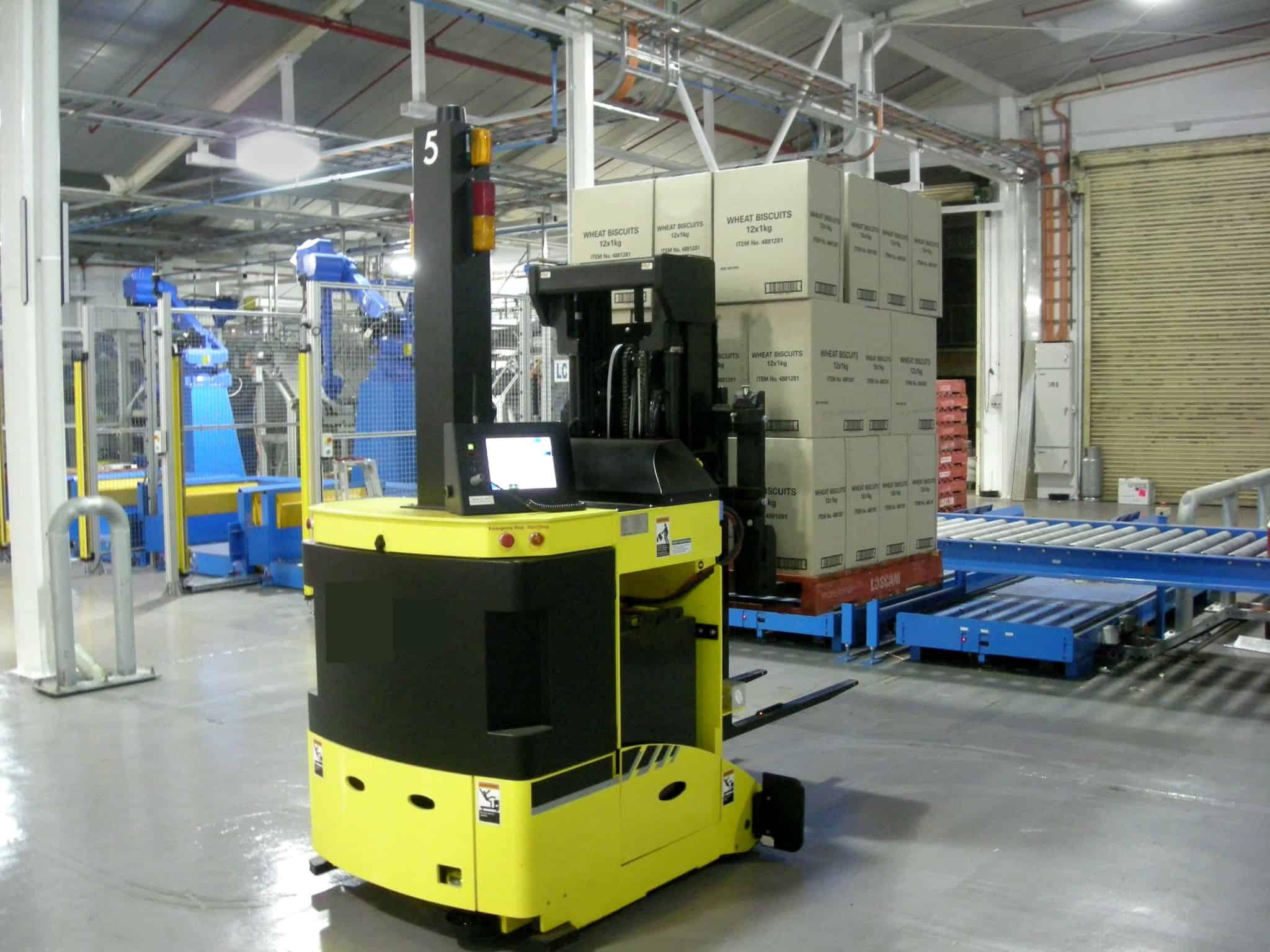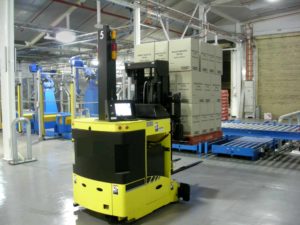Autonomous Vehicles: The Future of U.S. Industry
May 2, 2018

What’s the first thing you think of when you hear the phrase “autonomous vehicles”?
Chances are, your mind conjured up a vision of a futuristic car gliding along a highway while the occupants — maybe you — sat back and read a book, watched a movie, or got caught up on work.
What you probably didn’t think of was a wheeled, robot-like machine bustling around a warehouse, picking out orders and loading them onto a truck or train. If it all sounds like something out of a George Lucas film, think again: It’s the future of U.S. industry, and Electro Soft is proud to be a part of it — we’re helping a major automotive manufacturer advance their autonomous vehicle project.
Evolving technology

Autonomous vehicles are the more evolved descendants of automated guided vehicles (AGVs for short), which have been in use for decades. Amazon and many other companies are utilizing AGVs at their warehouses. You may even have ridden in an AGV if you’ve been to Walt Disney World: One of the earliest models was deployed in 1982 for Epcot’s Universe of Energy.
AGVs — also called LGVs, or Laser Guided Vehicles — usually rely on lasers, wires or magnetic sensors; stick to predetermined paths; and often need human intervention.
Autonomous vehicles (AVs), on the other hand, use advanced computer guidance systems, cameras, and other sensors to move independently. The only human assistance required is programming. Think of them like a Roomba on steroids; or, if you’re a Star Wars fan, a wheeled version of a Labor Droid — not quite R2-D2, but not an assembly line robot, either.
The future is now
Science fiction? More like science fact: Autonomous vehicles will likely see widespread use in warehouses and factories long before they’re commonplace on the street. An article in Popular Mechanics drives this point home, pointing out that manufacturers are focusing on scalable, modular solutions for materials handling over self-driving cars. And a PricewaterhouseCoopers survey found that manufacturers “expect to adopt autonomous mobility solutions once they become affordable and are proven to be reliable and safe and to demonstrate returns on investment.”
Electro Soft’s role is building out some of the electromechanical components used in this manufacturer’s AVs. It’s a project that requires careful attention to detail, because these components must meet very exacting specifications — something Electro Soft excels at, as evidenced by our work for the defense industry.
It’s truly cutting-edge technology that’s going to modernize U.S. industry. And by outsourcing this portion of the project to Electro Soft Inc., the manufacturer’s engineers are able to devote their time to other aspects of the autonomous vehicles, saving them time and money — and bringing the future even closer to the present.
